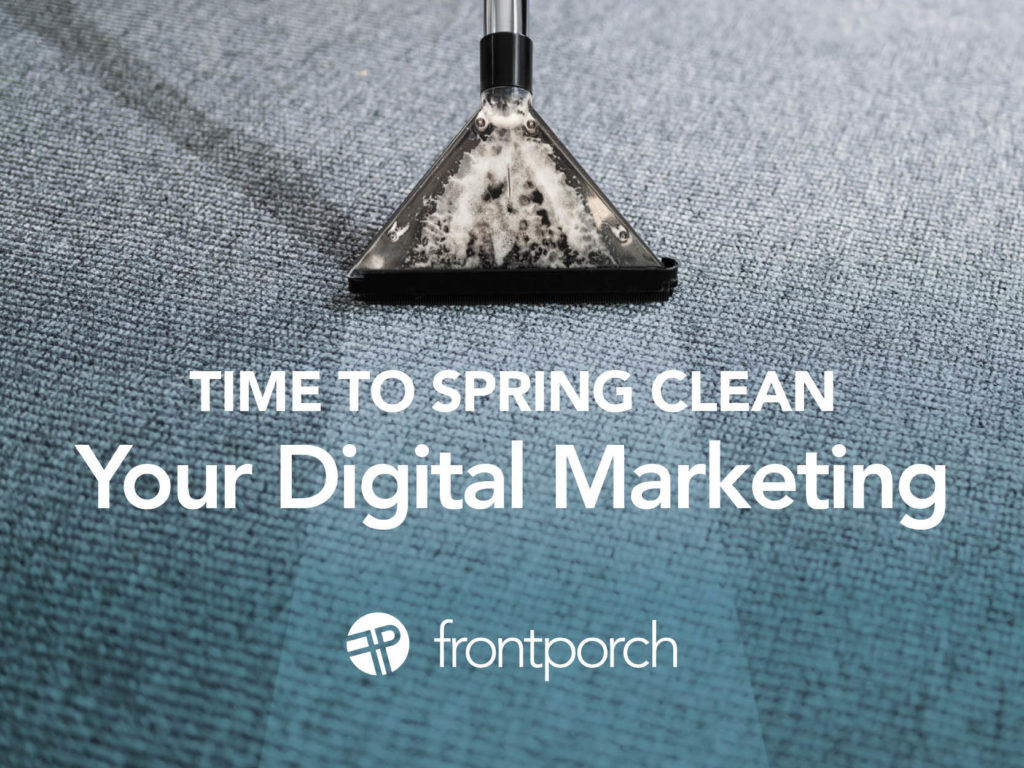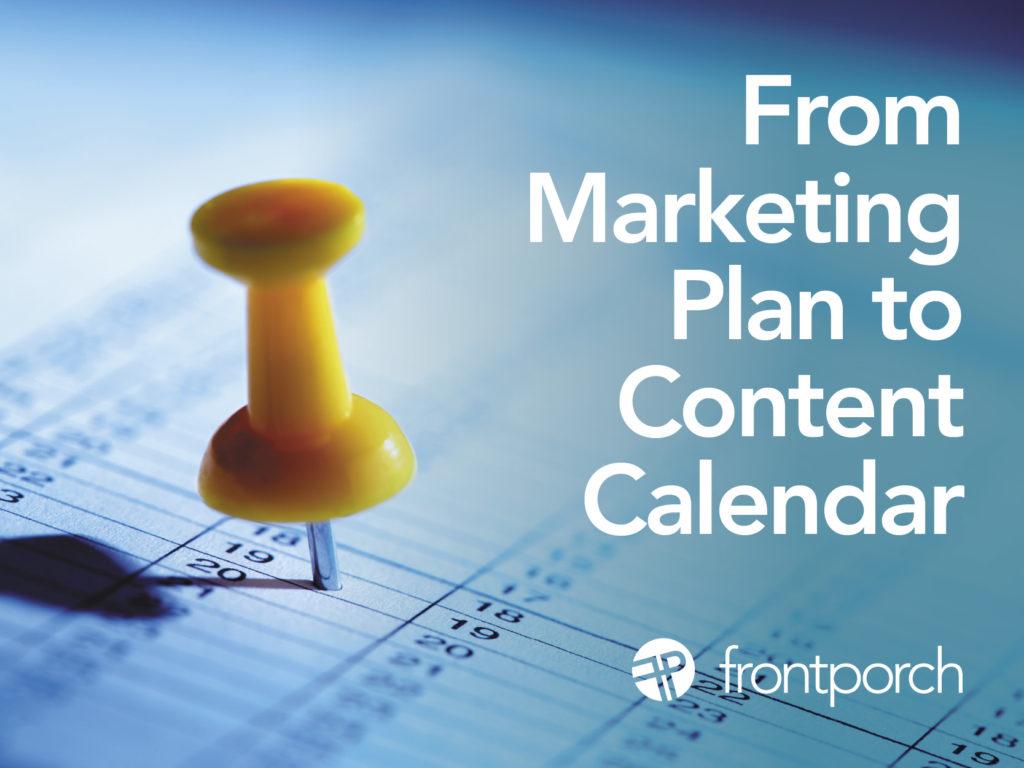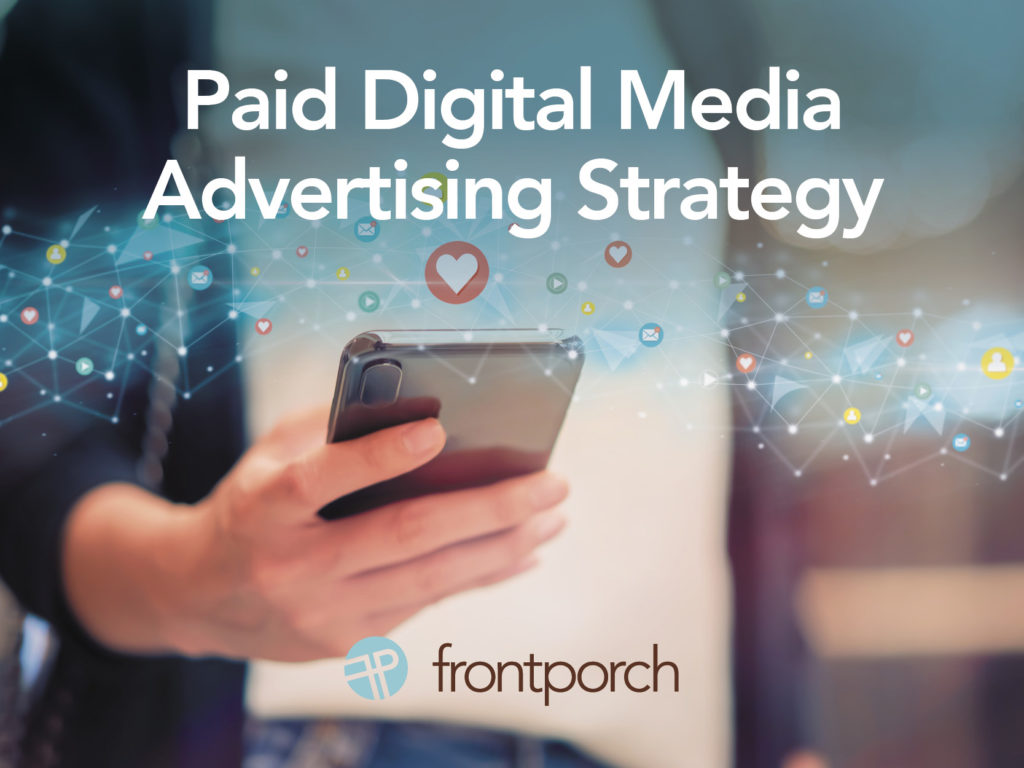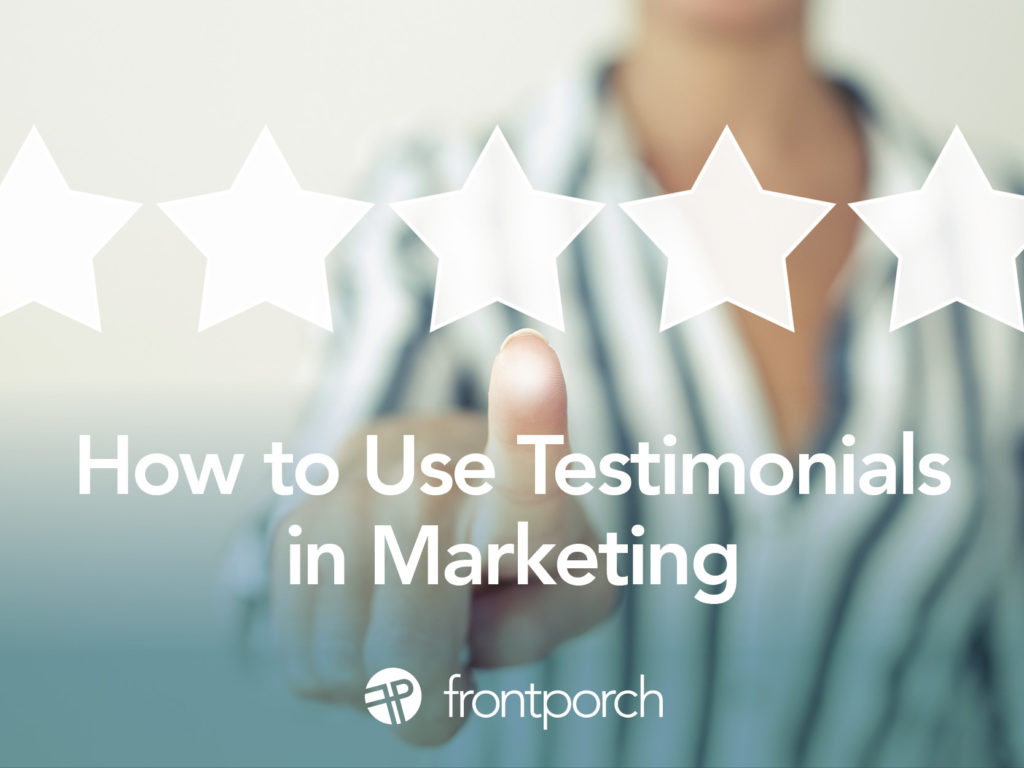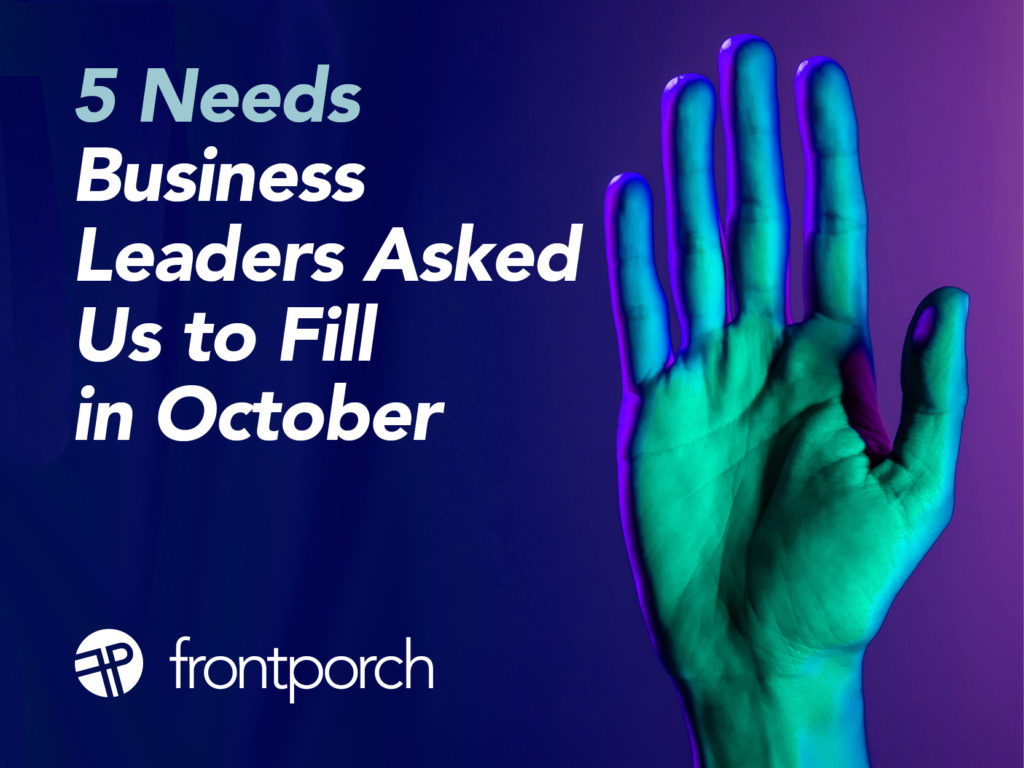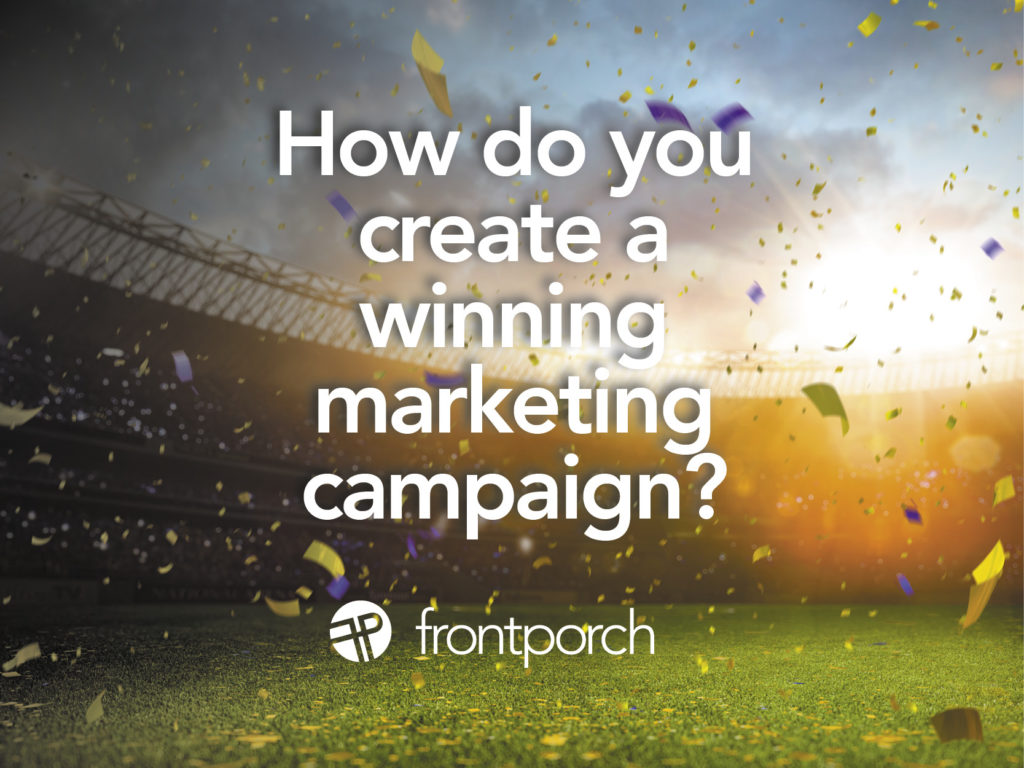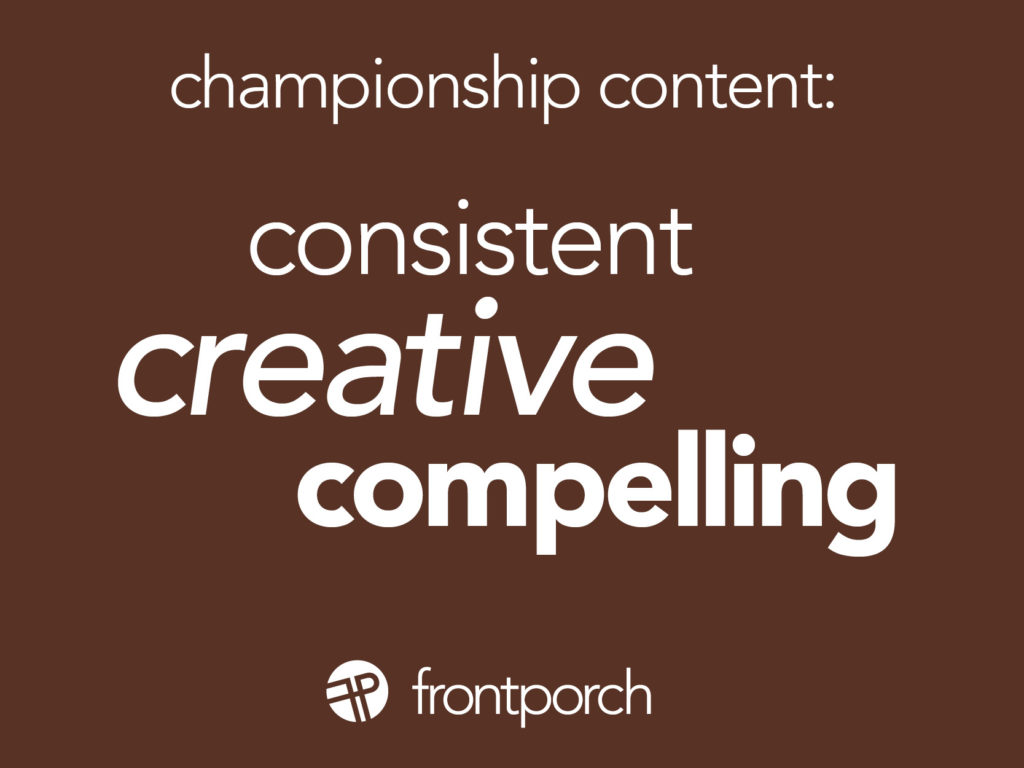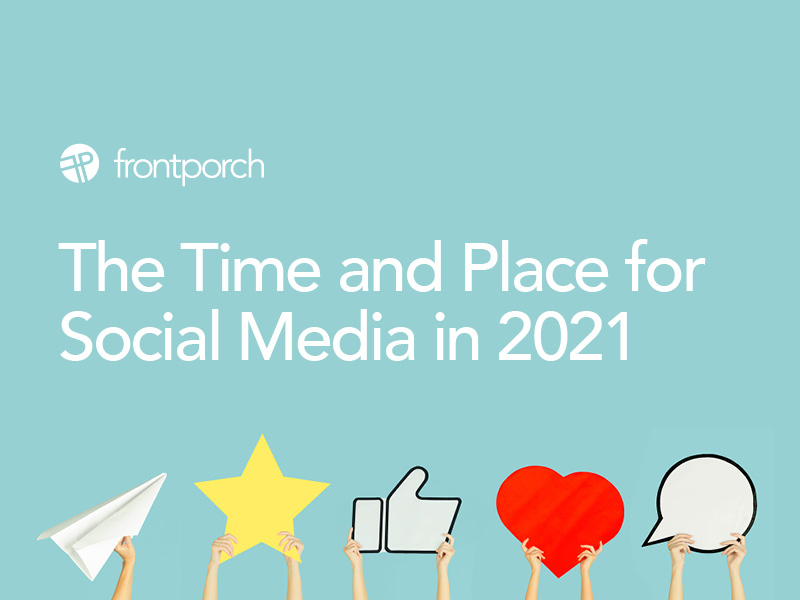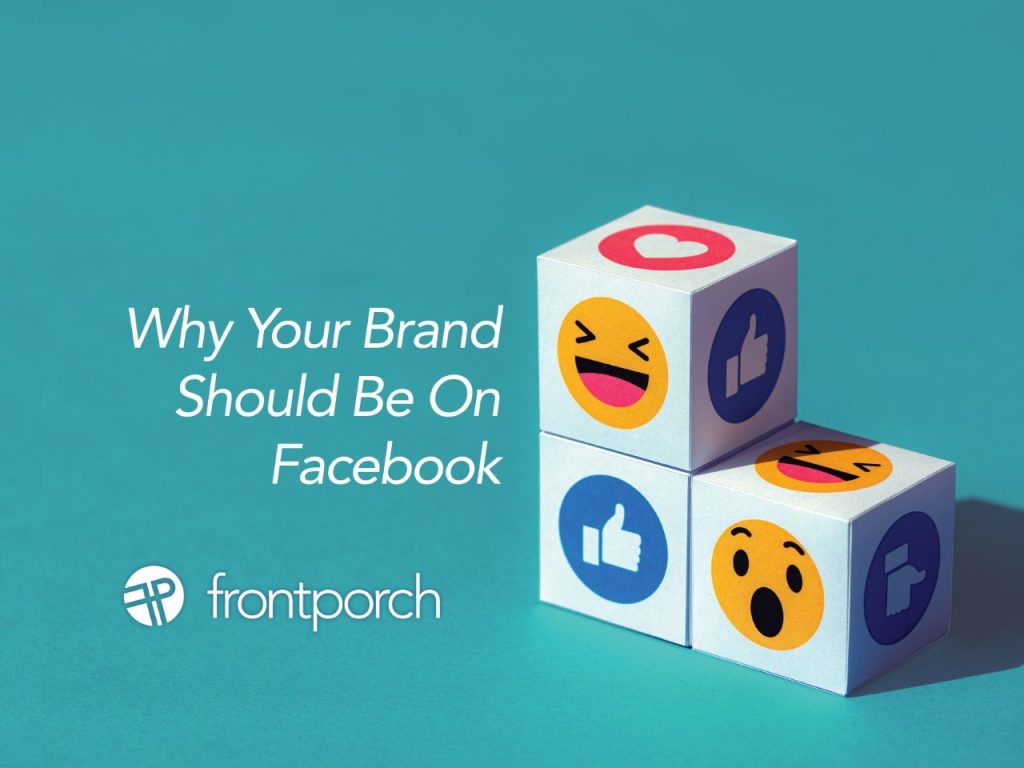A branded Facebook page has the power to be a gathering place, a showcase or a conversation starter for your company. As a part of your social media marketing, a Facebook Business page is a very good addition to your digital asset family to connect with your customers and build a following for your business.
Why should your brand be on Facebook?
Here are five good reasons why your brand should consider being on Facebook, and a few suggestions on how to use this social media channel and it’s features to build your business.
1. Your next customer is looking for a local business just like yours
Potential customers are using Facebook to find a new favorite neighborhood restaurant, plant store, realtor or dentist. You might not think of it this way, but Facebook is a search tool just like Google. People use Facebook to ask their friends about their experiences with businesses all the time…in front of all their other friends. They use Facebook to look up your business to see what your food looks like, what your office interior looks like, what people say about you, and more.
Facebook organically suggests brand pages to people who are located nearby. Facebook also suggests brand pages to people whose friends already like that page and engage with that business. If your brand is not on Facebook, you’re not benefitting from this simple suggestion.
If your business is on Facebook, friends can recommend you easily, give you good reviews and chat about you with their circles. Facebook is a good way to be a part of the conversations that are already happening between friends all over the country…but especially in your local trade area. By having a page, you can present your brand to your community and host those conversations.
Local customers are also looking for events in their area, and Facebook Events – another great Facebook feature – helps you easily create and post an event page with its own URL and mechanism for inviting people right on Facebook. Have a fun outdoor pop-up event next month? Build an Event page and share it. Need volunteers for a non-profit help day? Facebook Events can rally neighbors to help.
2. Engage Your Employees Digitally to Show the Human Side of Your Company
You want people to think of your business as a person that they like. They need to connect to faces, names, voices and personality. Showing the human side of your business endears your brand to your customers, and creates loyalty. You already accomplish these things in your place of business with your own employees, so extend this personality and corporate culture onto your page, giving your employees a digital way to connect with the company. This both gives them the emotional reward of connectivity and shows their friends publicly what a great company you are.
Your employees are your ambassadors. Highlight their accomplishments and their awards on your company’s page, and their networks will see that engagement as well. Value your employees publicly to build positive company culture not just among your current employees, but with your future employees.
3. Your Future Employees Are Keeping Tabs on Your Company
When you use Facebook to showcase your company, you are speaking directly to not just your own employees, but to their communities containing your future employees. Convey the personality of your company and attract new employees who are already a good culture fit.
Facebook also has another helpful feature called Facebook Jobs. Companies with a Facebook Business page can build a job post easily and immediately post it into the Facebook Jobs bank. Your followers will be the first to see your job posting – which also resides as a post on your business page. Who better to be your next employee than someone who already knows all about your brand? Facebook jobs also appear in Google search and display job local to the searcher.
4. Your target demographic is on Facebook
Do you know who your customers are? Facebook Insights can help you discover the demographics of your customers, to better market to them. When people like, visit and comment on your page, you can gather information from their Facebook profiles that is helpful for your business. Using this information, you can pivot what your business does to meet your customers’ needs.
For example, if you are a CPA and your Facebook followers continue to ask you what seems like the same tax question over and over – that might be a cue to write a blog post on your website that addresses that very topic. Then, share that page on Facebook so that your followers get the information they need. And voila, you are the voice of authority and their hero.
5. Build Your Digital Presence with Facebook Traffic
On Facebook you can present information and tell stories about your company a little bit at a time; much like you would become good friends with a person over a period of time by sharing little stories about yourself. These stories give weight to your SEO and give your company better Google Search Ranking.
You can drive traffic to your website from your page. Sign up new email list subscribers. Build your authority in your field by curating and sharing relevant and useful articles. In addition, offer special sales to customers, incentives for activity on your page and hold contests or promotions.
Facebook Business pages are one of the important tools many small businesses use in their digital marketing plan. In conclusion, with 2.4 Billion active Facebook users, more and more small businesses are utilizing a Business page to connect with their customers – and future customers – through daily conversations and brand story telling.
